It’s been a busy month. There have been three, count’em three robotic space probes reaching Mars this month and on top of that there have been several announcements that deal with human space flight, both the Artemis program and commercial space flight. Let’s start with the Mars probes.

Last July three different nations, China, the United Arab Emirates (UAE) and the US all launched space probes towards Mars. The reason why all three probes were launched at nearly the same time is that as Earth and the Red Planet orbit around the Sun once every 26 months they come into a position where the energy cost, and therefore the dollar cost of going from Earth to Mars is a minimum. Last July was just such a minimum and because of this fact of orbital dynamics for the last several decades about every two years somebody has been sending a probe, or more than one, to Mars.
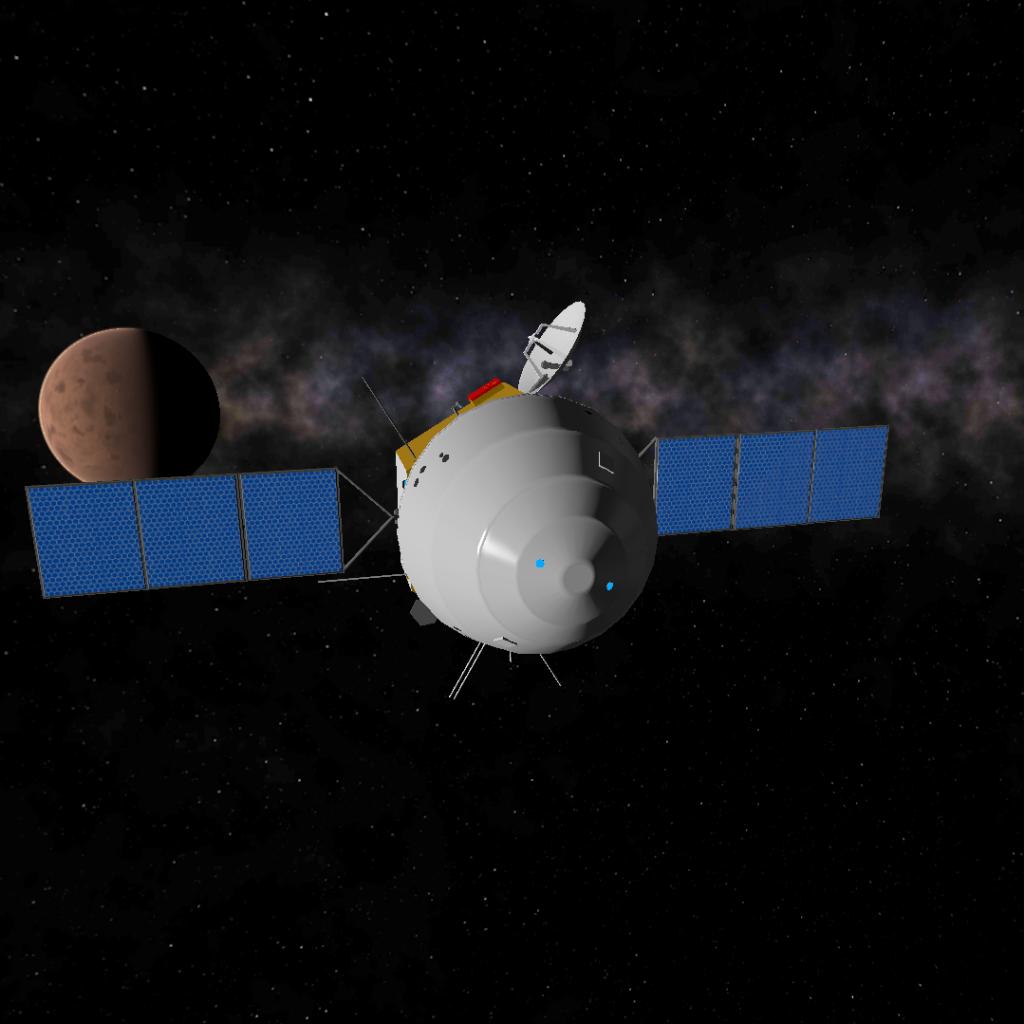
While the US has sent more probes to Mars than any nation the other two of this year’s probes to the Red Planet are the first for the UAE and China. Things started off with the UAE’s ‘Amal’ orbital probe that was launched last July 19th aboard a Japanese H-IIA rocket and is the simplest of the three missions. Amal, the word is Arabic for hope, entered its initial orbit around Mars on February 9th after successfully firing its braking rockets for 27 minutes to slow its speed.

Amal will now spend the next three months testing its instruments and adjusting its orbit to its designed altitude before starting to observe the Red planet. The probe carries three main experiments that are designed to observe the weather on Mars as well as to monitor the leaking of Mar’s atmosphere into space. UAE’s success with Amal makes them only the fifth nation to succeed in reaching Mars with the others being the US, the Soviet Union, the European Space Agency (ESA) and India.

China became the sixth nation to do so just one day later as their Tianwen-1 mission also successfully entered Mars orbit on February 10th. Of the three missions China’s is the most complex with the probe containing an orbiter module, a lander and even a small rover which is carried on the lander. As with the UAE’s hope, the Tianwen-1 will spend the next few weeks checking out its equipment and adjusting its orbit before beginning its work of studying the Red Planet.
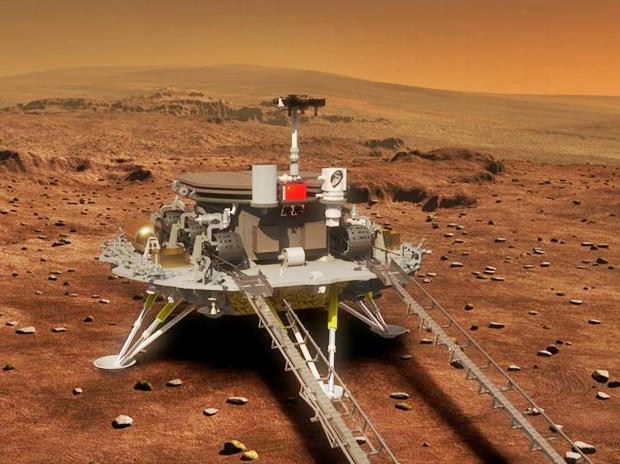
Tianwen-1’s first task will be to search for the best possible landing site for the probe’s 240 kg rover. Although a landing site somewhere in the Utopia Planitia region of the Martian surface has been mentioned by Chinese space authorities the exact choice of the landing site will probably not be made until May or June. Once the site has been chosen the Tianwen-1 probe will separate and the lander, carrying the rover, will attempt a soft touchdown on Mars. If successful this landing would make China only the second nation, after the US, to place a spacecraft on the surface of the Red Planet.
The final space probe to reach Mars this year is NASA’s Perseverance rover. As with the US space agency’s other Martian landers, Perseverance did not first go into Martian orbit but instead plunged directly into the Red Planet’s atmosphere in a maneuver that has been referred to as seven minutes of terror.
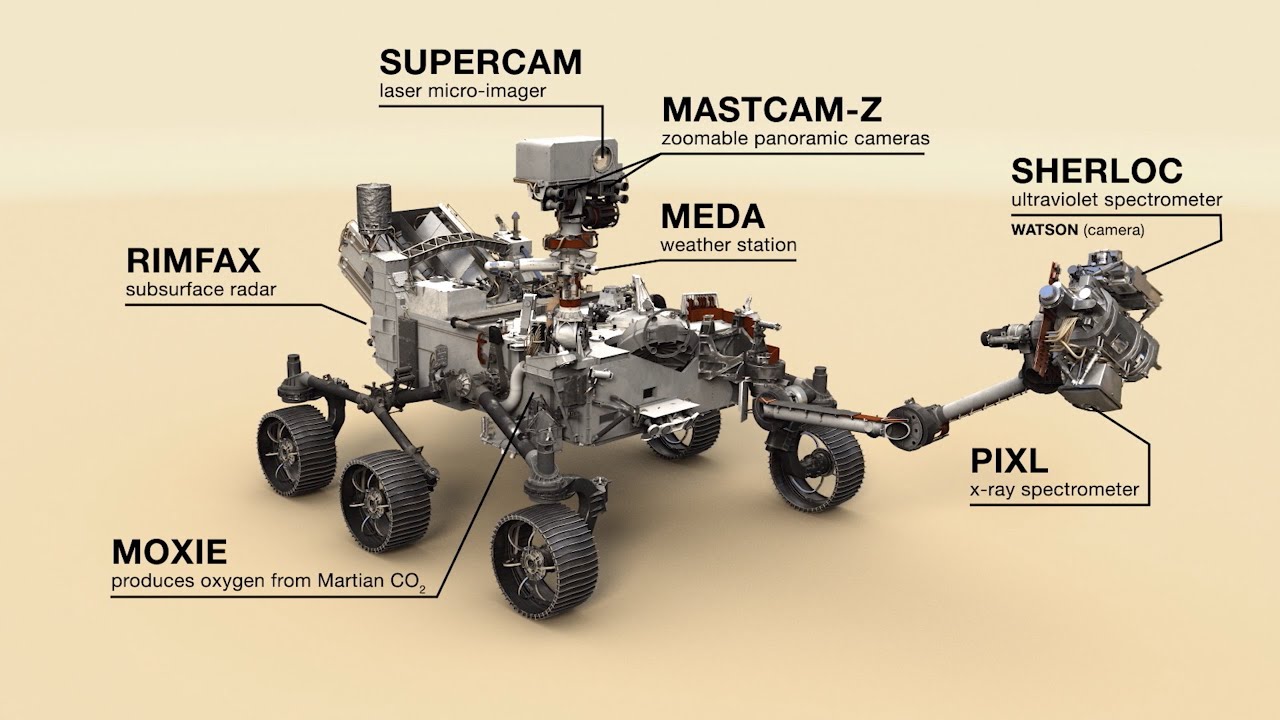
You see right now Mars is so far away that it takes a radio signal traveling at the speed of light about 11.5 minutes to make a round trip to Earth and back. That means that any space probe reaching Mars: Amal and Tianwen-1 as well as Perseverance must accomplish all of their insertion maneuvers on their own, without any instructions from Earth. So during the most critical parts of the missions the scientists back here on Earth can only sit back and pray that everything will go right.
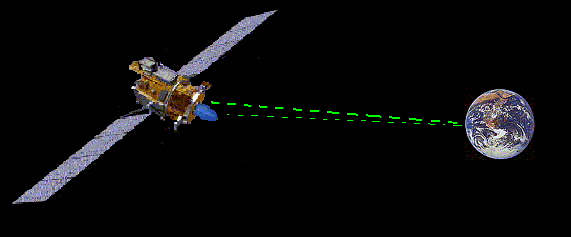
Turned out everything went like clockwork. “Touchdown confirmed,” was the call from the jet Propulsion Labouratory (JPL) at 3:55 PM on the 18th of February as the rover landed successfully at its target, a Martian crater named Jezero. Unlike previous Martian rovers, whose landing sites were selected to be wide open, flat and ‘safe’, Jezero is much rougher, but much more interesting terrain with evidence from orbit indicating that it was once a crater lake fed by two or more rivers. Planetary scientists feel that if Mars ever did possess life Jezero is one of the best places to go looking for it.

Although Perseverance has already sent back several images of its landing area the engineers at JPL will spend the next 90 days checking out the rover’s systems before beginning the scientific mission in earnest. Also occurring during this check out phase will be the deployment of the small helicopter ‘Ingenuity’ that Perseverance carried with it to the Martian surface. If it is successful Ingenuity will become the first man-made object to fly on another world.
But even while robotic probes to Mars are dominating the space news this month there’s still some important goings on dealing with human spaceflight back here on Earth. The main news concerns NASA’s Space Launch System (SLS) that had its final hot fire test cut off prematurely back on the 16th of January, see my post of 30 January 2021. In the weeks since then NASA has analyzed the test abort and decided that the only problem was that the test parameters for the hydraulic pressure in a vector control mechanism had been set too narrowly. So while the test did in fact complete 15 out of 23 objectives NASA has decided to redo the test in the hopes of a better outcome.
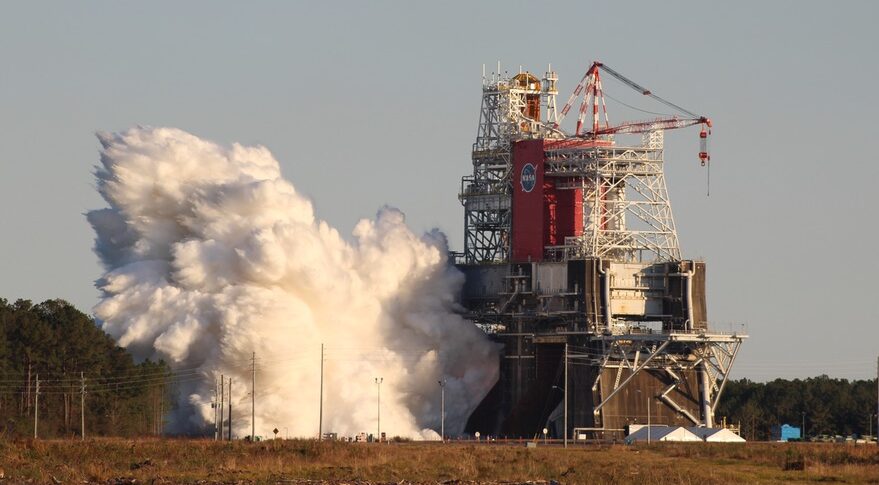
The test was scheduled to be repeated on the 25th of February but that date has already been delayed due to problems with a fuel valve. Another date has not been announced so the test is not likely to occur before March at the earliest. Assuming the second test is more successful than the first the rocket could then be ready to finally be transported to the Kennedy Space Center sometime in April. All this is yet another three months delay on a program that is years behind schedule and billions of dollars over budget.
Which may have a great deal to do with our final item. As a part of its Artemis program to put Americans back on the Moon and to establish a lunar base NASA is determined to also put a space station into orbit around the Moon. Called the Lunar Gateway this station would serve as an outpost for the astronauts on their way to the lunar surface as well as a place to park the lunar lander.
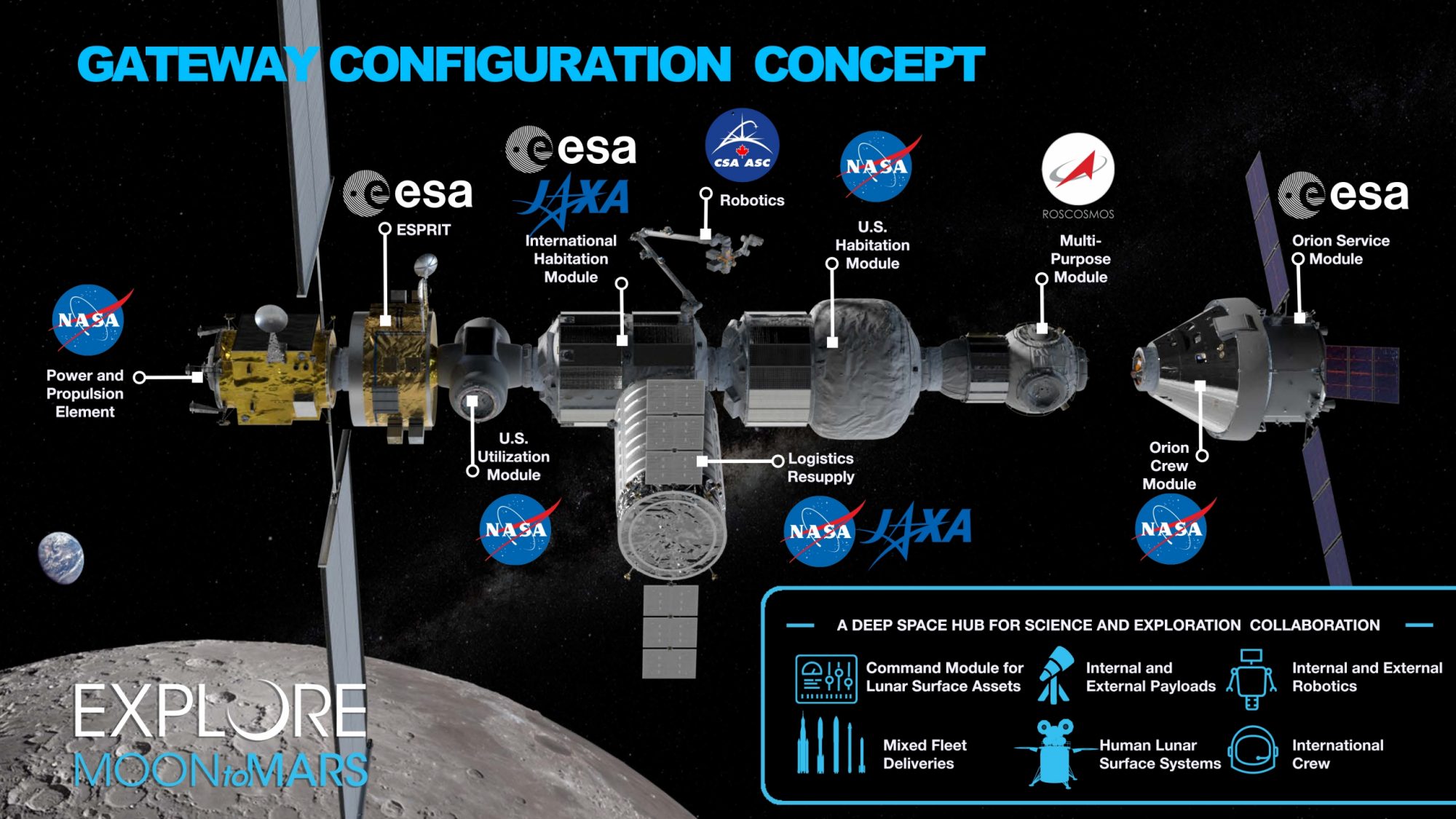
As initially set out by the space agency the construction of the gateway was to be carried out with equipment launched from Earth and sent into lunar orbit by the SLS. However NASA has just selected Space X Corporation to launch the first two sections of Gateway, a decision that was without question due to the enormous costs and unreliability of the SLS. The two sections in question are the Power and Propulsion Element (PPE) along with the Habitation and Logistics Outpost (HALO) module.
The two modules will now be launched aboard a Space X Falcon Heavy launch vehicle, at a cost to NASA of $318 million dollars, less than half the cost of a single SLS launch. This announcement comes on the heals of last month’s announcement that NASA’s Europa Clipper robotic probe to Jupiter’s moon may also launch on a Falcon Heavy, and latest reporting now says that it almost certainly will. These changes in plan will leave the SLS with only the single remaining task of ferrying astronauts and their Orion capsule back and forth to the moon. All of NASA’s other heavy launch missions for the next decade are being taken over by commercial corporations.

So it certainly appears that the age of commercial space travel is upon us. NASA, and the space agencies of other nations will continue to carry out the exploration of other worlds. However the task of getting into space, the launching of rockets carrying payloads into orbit will soon belong almost entirely to profit making corporations that are determined to turn space into just another place to earn a dollar.
